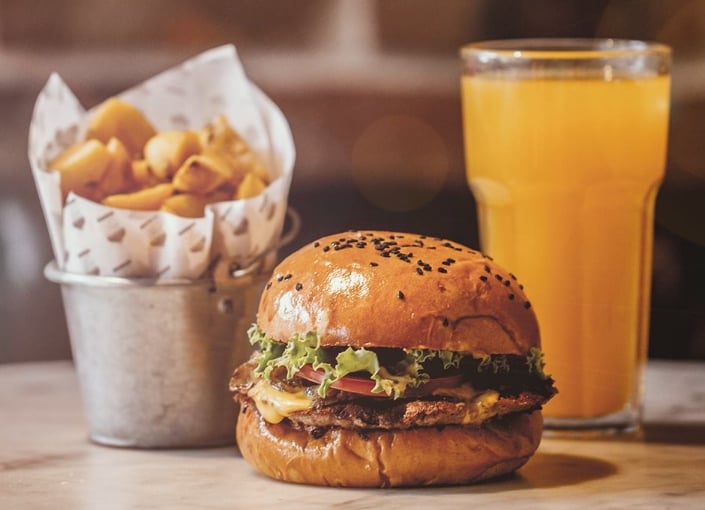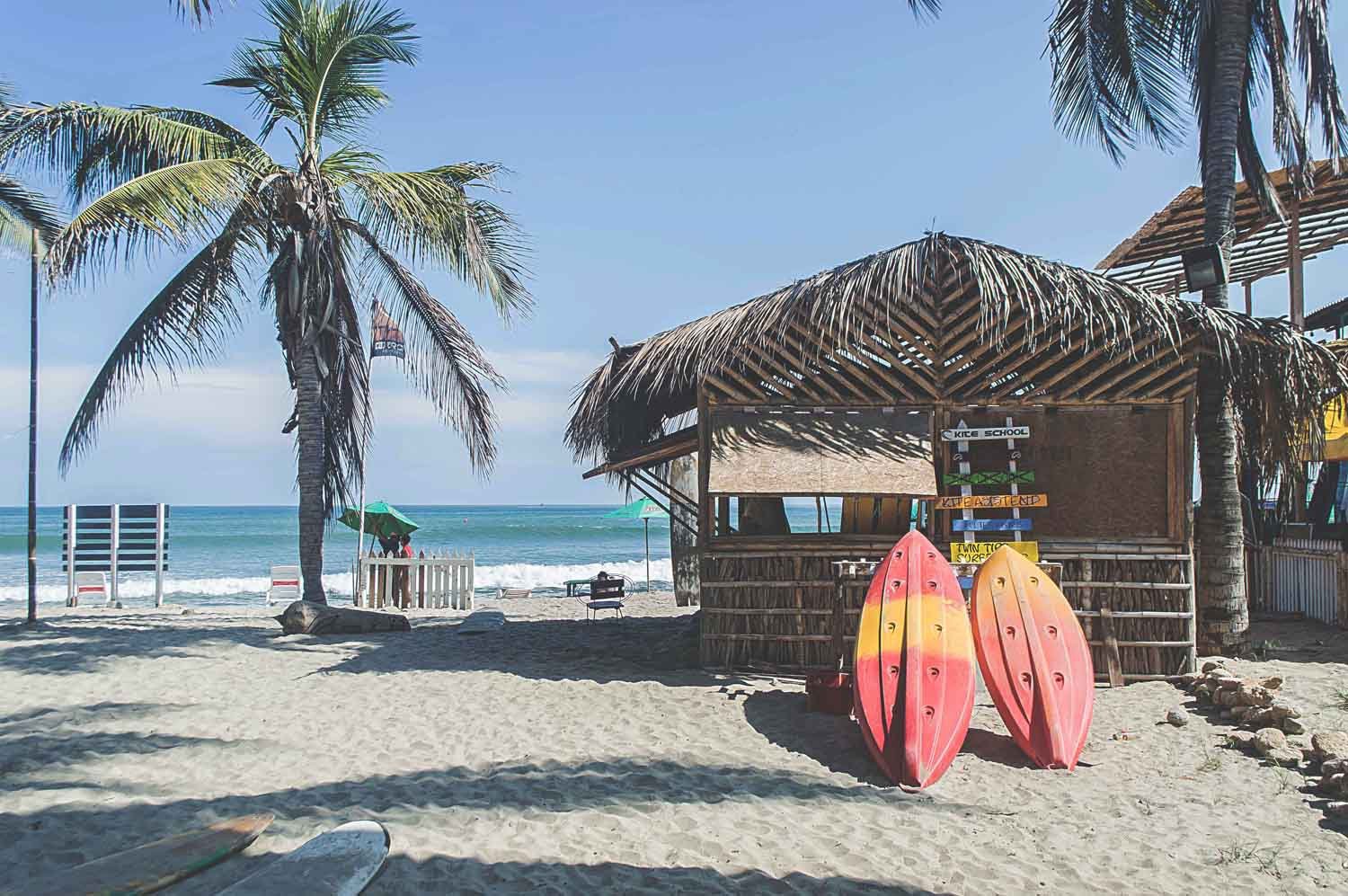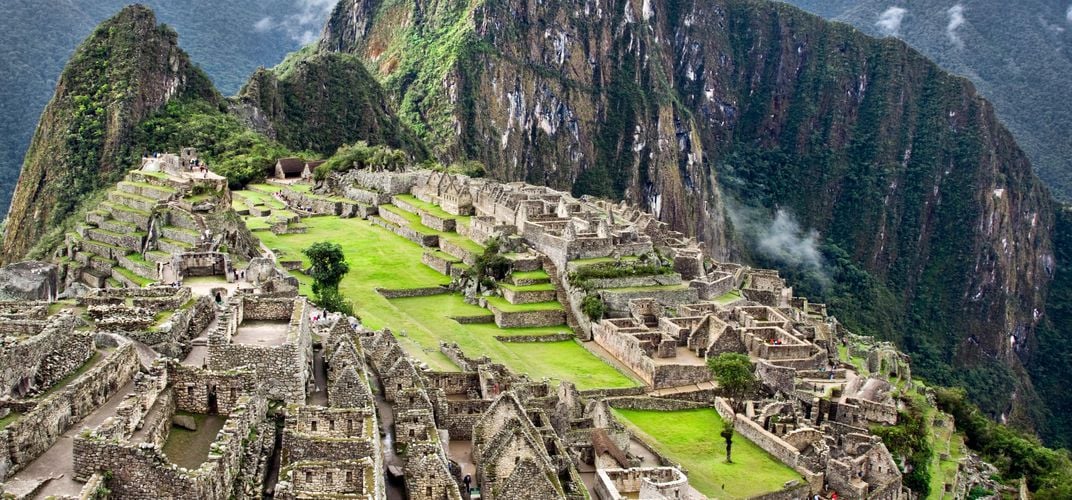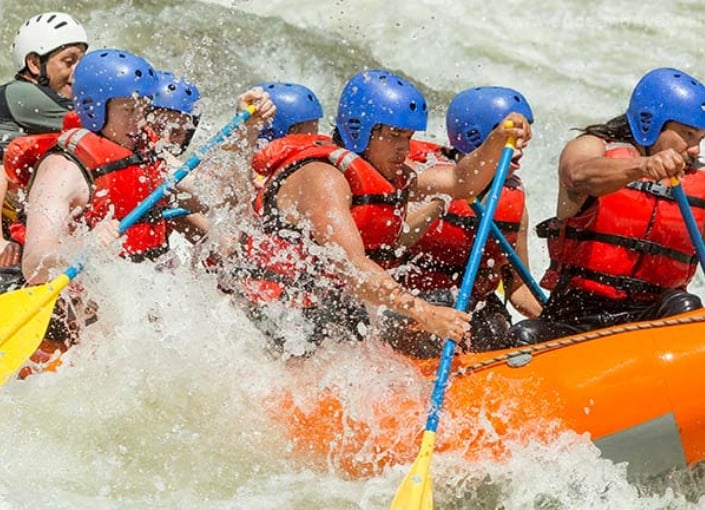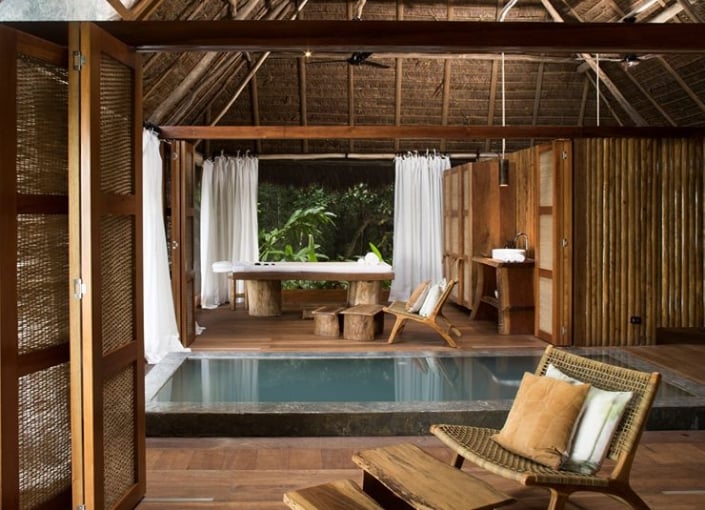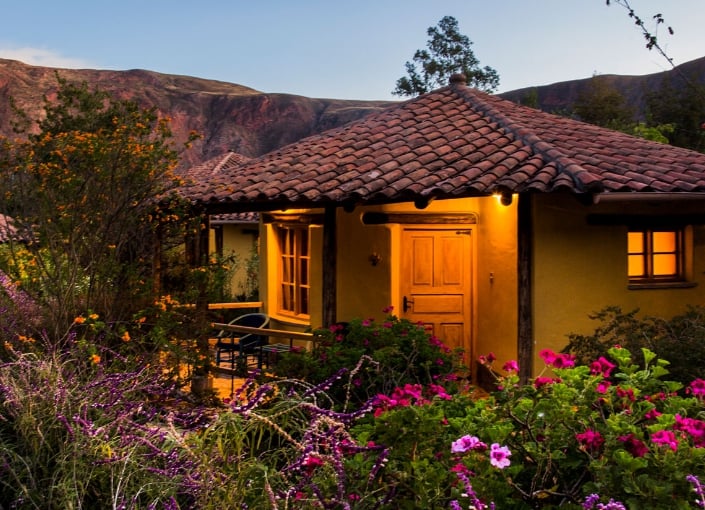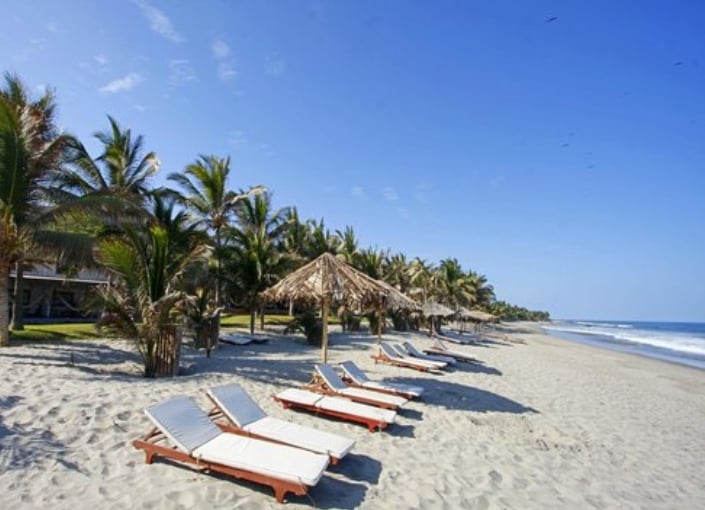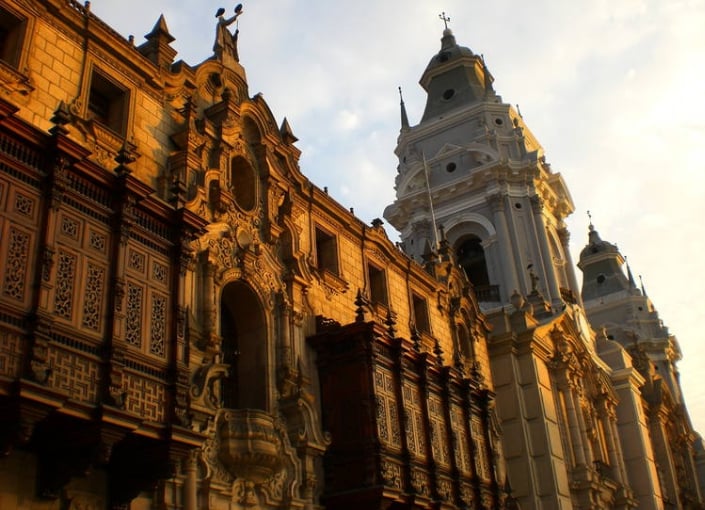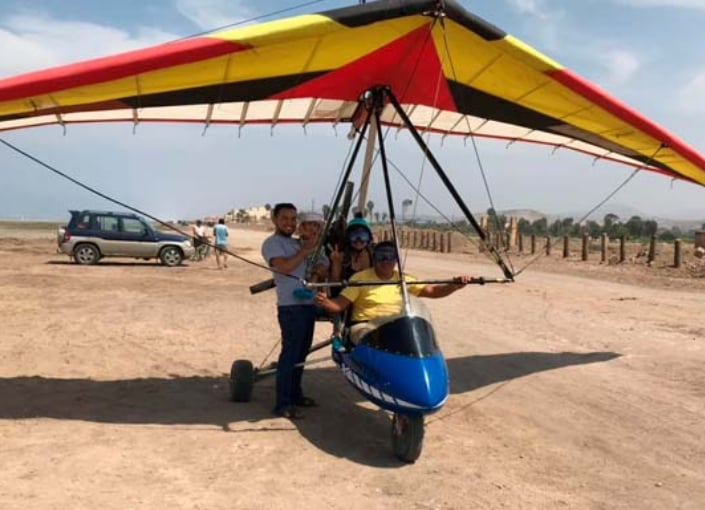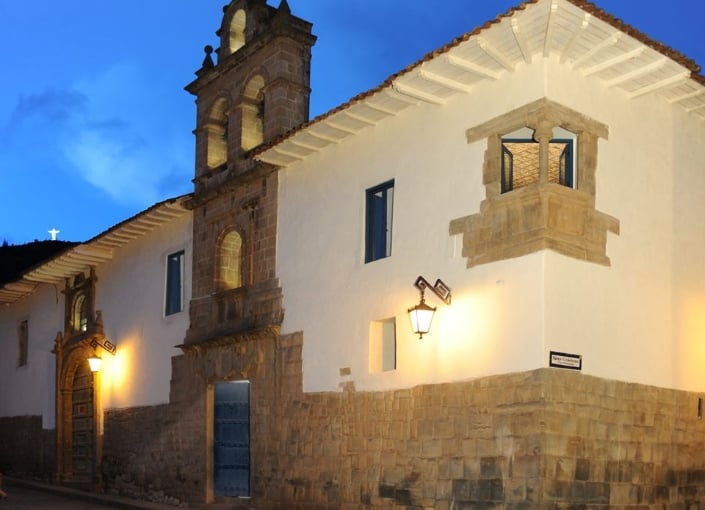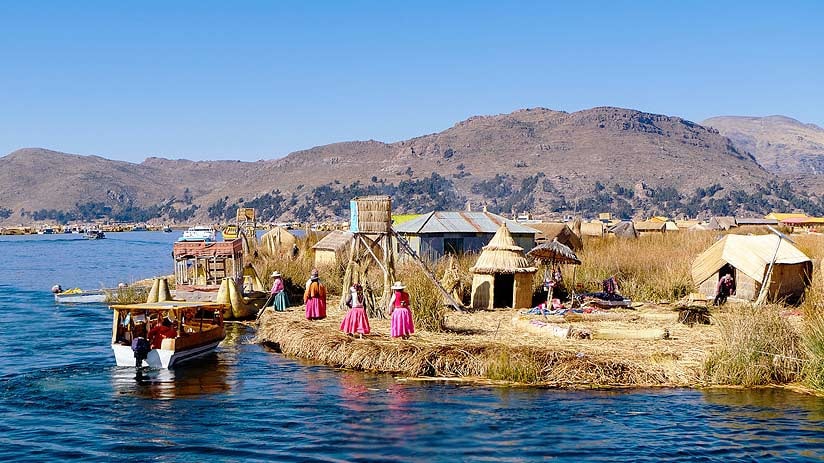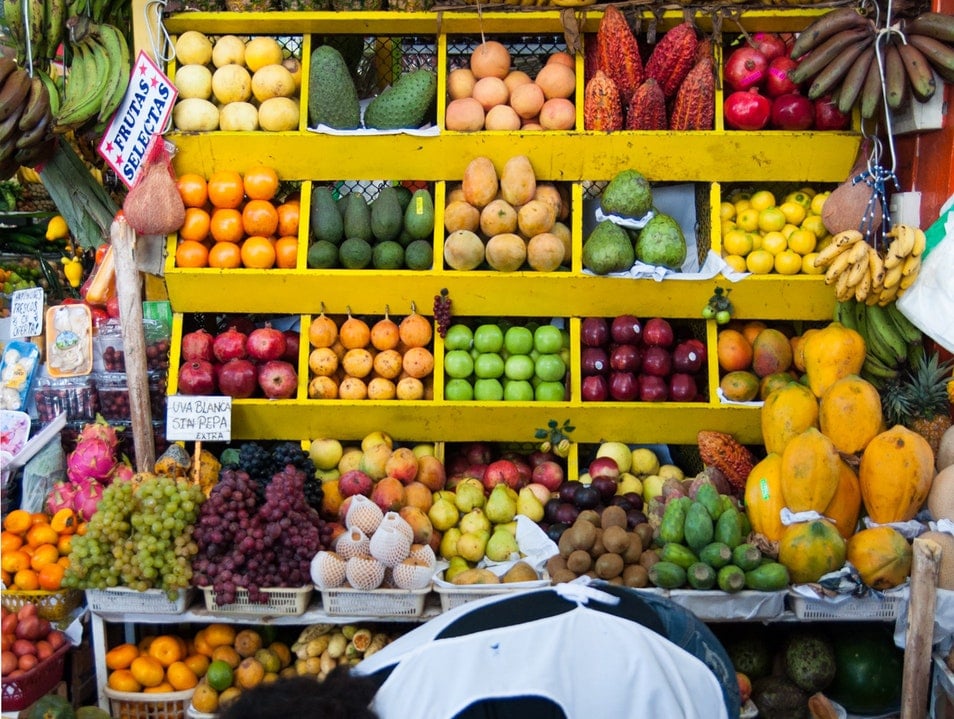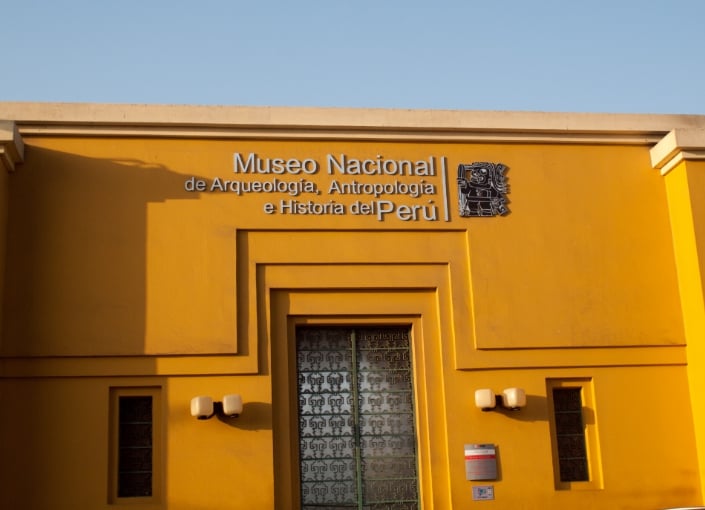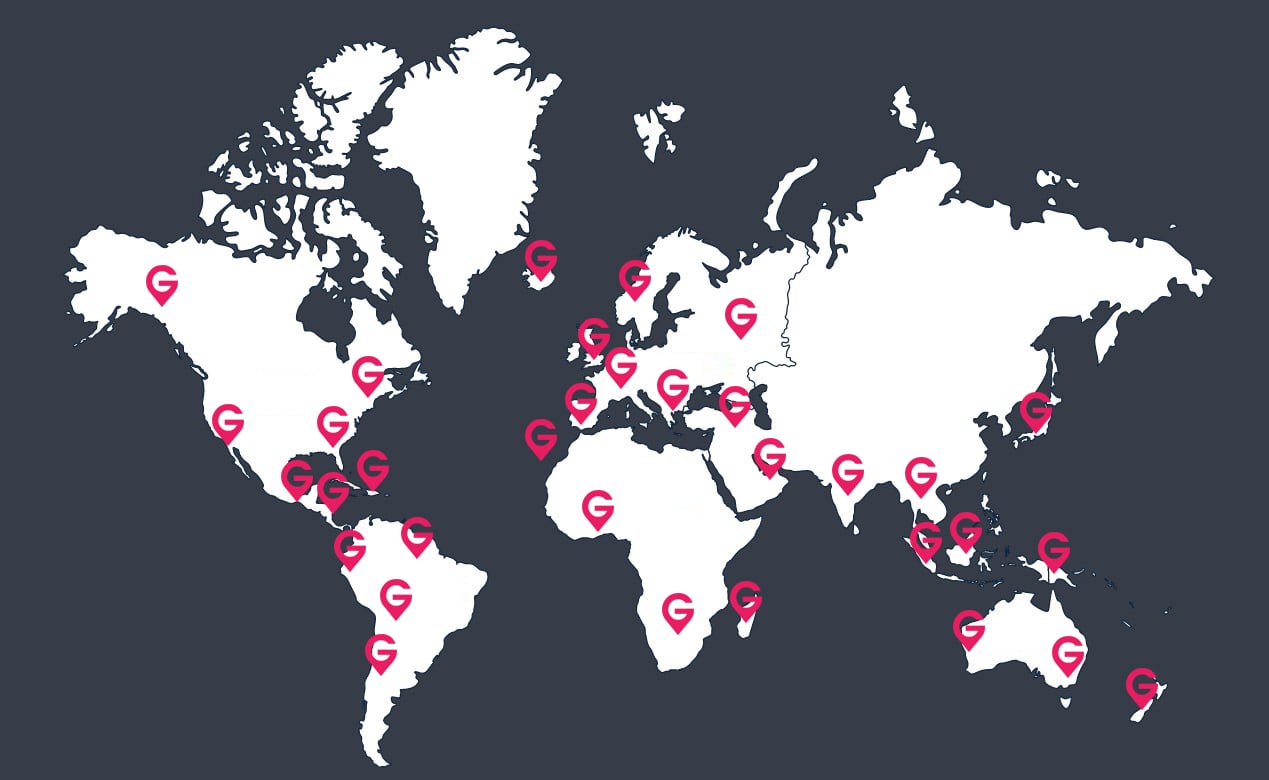Where to stay in Peru
| {[{item.Location}]} |
Local Recommendations
Explore the World like locals
Part of the My Guide Network
My Guide Peru is part of the global network of online travel guides powered by local experts
See all destinations
Local News & Articles
-
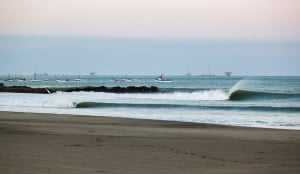
Meet The 3 Best Beaches To Surf in Peru
Do you love the beach, the sun, the feeling of the waves pushing you and all the fun that the sea offers you? Ready your Beach Boys album and play Surfer Girl, because what comes next is nothing less than the three best beaches to surf in Peru.
-
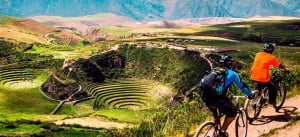
Cusco presents an abrupt relief
The city of Cusco, the ancient capital of the Inca empire, is undoubtedly one of the most important destinations in the country. Cusco offers beautiful landscapes and approach to the magnificent past of the Inca culture. It is true. But, also, it gives us emotions. For those who love the quiet adventure or the adrenaline shock, Cusco is the precise destination.
-
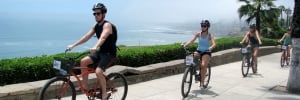
Places to discover in Lima
To begin, they say that the best way to know a place is from the eyes of a local; and the district of Lima is no exception. Explore the capital with this historic Free Walking Tour Lima, where you can live the best of its culture and know all the history that has taken them to this day. Tours depart at 9:30 am every day (except Sundays) from the Tourist Information Center in Miraflores; in the guided tour they will be explained more about their stops and their stories; such as the historic center, the government palace (plaza de armas), San Martin square, the cathedral of Lima, the Rimac river; where you can see the hill San Cristóbal, and others the most important points of the capital city. Alternatively, you can take a tour of Miraflores, which leaves at 3pm (except Sundays) the same, from the Tourist Information Center.
-

Peru receives four awards at the 2018 World Travel Awards South America
Successful was the participation of Peru in the World Travel Awards South America, one of the most prestigious events of the travel and tourism industry and that last night delivered four important awards to our country, demonstrating once again the high quality of Peru In this sector.
-
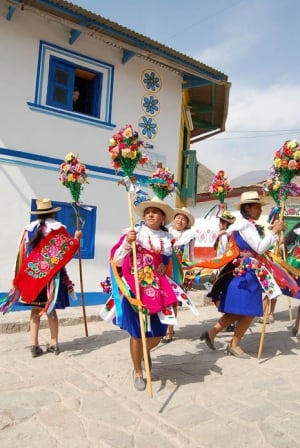
5 places a few hours from Lima that you can visit in a single day
Actually, that only happens sometimes and when your destination in a remote place. For example, if you live in Lima or are in the capital, you are lucky that there is a wide variety of places that you can travel in a single day and that will delight you with its beautiful landscapes, delicious dishes and activities created for tourists.
-
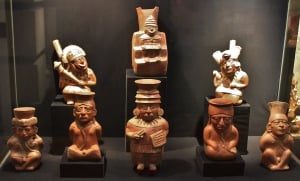
The moche route in chiclayo: the lord of sipan
After our visit to Chachapoyas knowing its ancient culture, our trip through Peru continued with pre-Inca archeology and civilizations. As we wanted, in this second visit to the country, we continued traveling in time, but much further back. We introduce you to the Moches or Mochicas, one of the most important civilizations in northern Peru for their art –impressive ceramics–, longevity and extension.
-
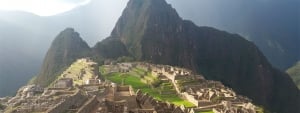
Cusco: Inca Trail routes and what you should know about Machu Picchu and surroundings
In its moment of maximum splendor, the Inca Empire extended its power over several countries in the region and therefore established a gigantic network of roads known as Qhapac Ñan (royal or Inca road, in Quechua), which came to unite Quito (Ecuador ) with Tucumán (Argentina) through the Andes Mountains. Our Inca Trail is just a small part of this wide circuit, which stands out for its incredible landscapes, important archaeological complexes, as well as for its great diversity of flora and fauna.
-
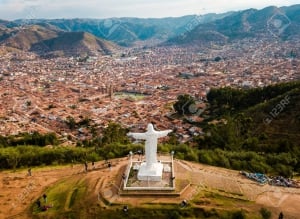
Cusco on a day of excursion: travel the incas ruins
If you decide to stay in the capital of Cusco, the document I recommend is the Partial Tourist Ticket, enough to go to four (4) of the best archaeological complexes that are very close to the city.
-
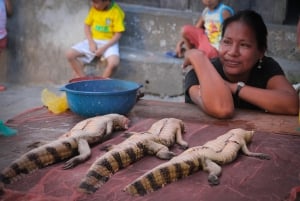
What to do in iquitos. Guide to see the cot of the amazon
What to see in Iquitos in one day: 5 best cultural attractions in the city center Although it seems a somewhat small city compared to other cities in Peru, there are a v
What's On in Peru
-
FEATURED
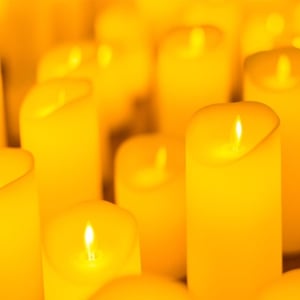
Sat 9th Aug Candlelight: Magical Soundtracks
Sat 9th Aug, 2025 Peru Peru⭐ The Candlelight concerts bring the magic of live musical experience to an incredible atmosphere illuminated by a sea of candles. Porto Velho is waiting for you; secur
Check availabilityR$40.00From -
FEATURED
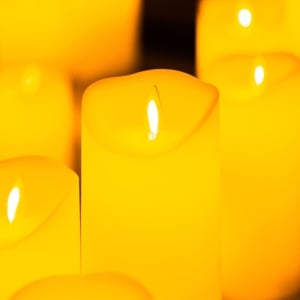
Sun 10th Aug Candlelight: Tribute to Coldplay
Sun 10th Aug, 2025 Peru PeruCandlelight ConcertsThe Candlelight concerts bring the magic of live music experience to an incredible atmosphere illuminated by a sea of candles. Porto Velho is waiting
Check availabilityR$40.00From -
FEATURED
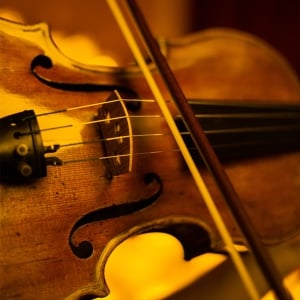
Sat 9th Aug Candlelight: Vivaldi, The Four Seasons
Sat 9th Aug, 2025 Peru PeruCandlelight ConcertsThe Candlelight concerts bring the magic of live musical experience to an incredible atmosphere illuminated by a sea of candles. Porto Velho is waitin
Check availabilityR$40.00From -
FEATURED
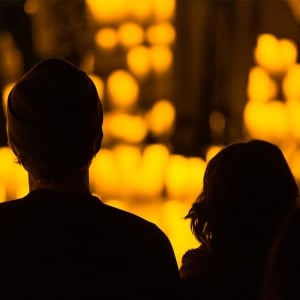
Sun 10th Aug Candlelight: Rock Classics
Sun 10th Aug, 2025 Peru PeruThe Candlelight concerts bring the magic of live musical experience to an incredible atmosphere illuminated by a sea of candles. Porto Velho is waiting for you, ensure yo
Check availabilityR$40.00From
Book Experiences in Peru
-
FEATURED
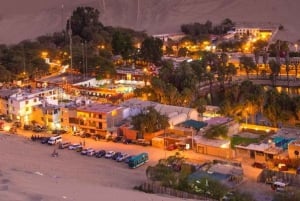 Best Seller
Best SellerLima: Ballestas & Huacachina Day Trip w/ Nazca Lines Flight
104 ReviewsTake a boat trip through the wildlife of the Ballestas and the Oasis of Huacachina on a day trip departing from Lima. Immerse yourself in local history and fly over the enigmatic Nazca Lines.
Check availability$650.00From -
FEATURED
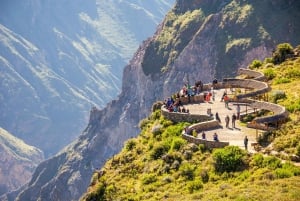 Best Seller
Best SellerFrom Arequipa: 2-Day Colca Canyon Tour with Transfer to Puno
779 ReviewsExplore the Colca Canyon in a 2-day excursion. See marvelous Andean landscapes and wildlife like llamas and alpacas, and spot giant Andean Condors in flight. End the excursion in Puno the next day.
Check availability$98.00From -
FEATURED
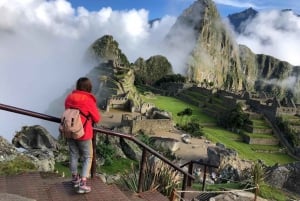 Best Seller
Best SellerFrom Cusco: Machu Picchu 2-day Budget Tour by Car
77 ReviewsEnjoy a 2-day budget tour that makes its way to Machu Picchu by car. Explore stretches of mountains to reach Aguas Calientes and take a guided tour of the ancient Inca city.
Check availability$145.00From -
FEATURED
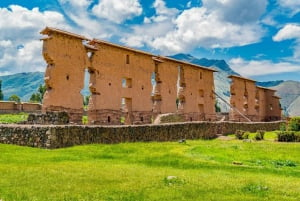 Best Seller
Best SellerFrom Cusco: Full-Day Sightseeing Bus Tour to Puno
273 ReviewsExplore a different way to travel from Cusco to Puno with a bus tour and stop for cultural visits, with lunch included. Make your trip less stressful and discover the secret of the Route of the Sun.
Check availability$57.90From -
FEATURED
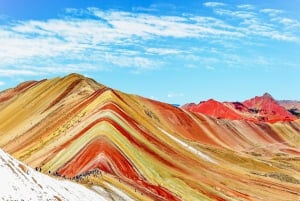 Best Seller
Best SellerFrom Cusco: Full-Day Tour to Rainbow Mountain with Meals
1143 ReviewsDiscover the colors and unique landscapes of Rainbow Mountain on this day trip from Cusco that includes breakfast and lunch. Admire views of the the Andes and of the Red Valley on a guided hike.
Check availability$22.90From -
FEATURED
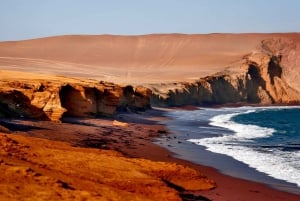 Best Seller
Best SellerFrom Paracas: Ballestas Islands & Paracas National Reserve
272 ReviewsExperience the singular beauty of two of Peru's natural treasures. Float by one of the world's largest colonies of sea lions. Explore deserts and craggy cliffs — all right next to the ocean.
Check availability$60.00From -
FEATURED
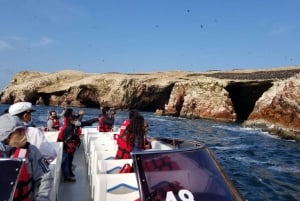 Best Seller
Best SellerParacas: Ballestas Islands and Candelabro Boat Tour
146 ReviewsDiscover the breathtaking beauty of the Ballestas Islands on this unforgettable boat tour. Marvel at diverse marine wildlife and dramatic rock formations—an essential Peruvian coastal adventure.
Check availability$15.00From -
FEATURED
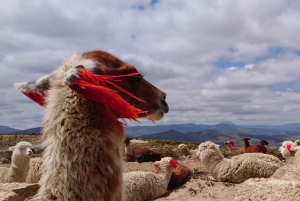 Best Seller
Best SellerFrom Arequipa: Colca Canyon 2-Day Tour
174 ReviewsExplore the Colca Canyon on a 2-day excursion. Get marvelous views of the Andean landscapes, see wildlife such as lamas, alpacas, and vicuñas, and gaze at the majestic flight of Condor in the canyon.
Check availability$48.50From -
FEATURED
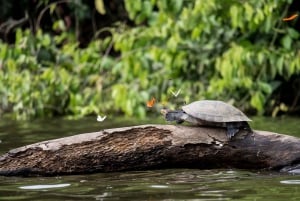 Best Seller
Best SellerTambopata Peruvian Amazon Jungle for Three Days/Two Nights
237 ReviewsExperience the Amazon jungle with this all included package for three days in the wild great jungle!
Check availability$330.00From
Mini Guides
-

Best tours in and around Arequipa, Peru
Handpicked by a Local Expert
-


Best restaurants in Peru
Handpicked by a Local Expert
-

Best walking tours in Peru
Handpicked by a Local Expert
-


Best Nikkei Restaurants in Lima, Peru
Handpicked by a Local Expert
-

Things to do in Cusco, Peru
Handpicked by a Local Expert
-

Things to do in Paracas, Peru
Handpicked by a Local Expert
-

Best two days tours from Cusco, Peru
Handpicked by a Local Expert
-

Best tours in Cusco, Peru
Handpicked by a Local Expert
-

Things to do close to Puno
Handpicked by a Local Expert
-

Best tours to Nazca Lines in Peru
Handpicked by a Local Expert
-

Best tours to rainbow mountain in Peru
Handpicked by a Local Expert
-

Best private tours in Lima, Peru
Handpicked by a Local Expert
-

Best cultural tours in Lima, Peru
Handpicked by a Local Expert
-

Best cultural tours in and around Lima, Peru
Handpicked by a Local Expert
-

Cusco Full-Day Tours
Handpicked by a Local Expert
-

Best day tours in Puno, Peru
Handpicked by a Local Expert
-

Best tours in and around Iquitos, Peru
Handpicked by a Local Expert
-

Best tours in Puno, Peru
Handpicked by a Local Expert
-

Best and most reliable airport transfers in Peru
Handpicked by a Local Expert
-

Best tours from Cusco, Peru
Handpicked by a Local Expert
-

Best tours close to Lima, Peru
Handpicked by a Local Expert
-

Things to do in Puno, Peru
Handpicked by a Local Expert
-

Best tour trails in Cusco, Peru
Handpicked by a Local Expert
-

Best tour trails in Machu Picchu, Peru
Handpicked by a Local Expert
-

Best Machu Picchu Tours
Handpicked by a Local Expert
-

Things to do in Iquitos, Peru
Handpicked by a Local Expert
-

Best tours from Paracas
Handpicked by a Local Expert
-

Best tours from Paracas, Peru
Handpicked by a Local Expert
-

Things to do in Lima, Peru
Handpicked by a Local Expert
-


Best burgers to try in Lima, Peru
Handpicked by a Local Expert
-


Tourist destinations within Peru
Handpicked by a Local Expert
-


Holidays Tips for your January Trip to Peru
Handpicked by a Local Expert
-


Best water activities in Peru
Handpicked by a Local Expert
-


Beautiful sites of Peru you should visit
Handpicked by a Local Expert
-


Best Eco Hotels in Peru
Handpicked by a Local Expert
-


Boutique and Luxury hotels in Peru
Handpicked by a Local Expert
-


Beautiful beaches in Peru
Handpicked by a Local Expert
-


Things to do in Lima
Handpicked by a Local Expert
-


Icon places to see in Peru
Handpicked by a Local Expert
-


Cultural things to do in Peru
Handpicked by a Local Expert
-


Valentine's Day in Lima, Peru
Handpicked by a Local Expert
-


Belmond Hotel Collection in Peru
Handpicked by a Local Expert
-


Inkaterra Hotel Collection in Peru
Handpicked by a Local Expert
-


Holidays Tips for your February Trip to Peru
Handpicked by a Local Expert
-


Very Good Soup you have to try in Peru
Handpicked by a Local Expert
-


Best Eco Markets in Lima, Peru
Handpicked by a Local Expert
-


Best Adventure Sports to Try in Peru
Handpicked by a Local Expert
-


Best Pizzas to try in Lima, Peru
Handpicked by a Local Expert
-


Best Golf Clubs in Peru
Handpicked by a Local Expert
-


Museums and art experiences in Peru
Handpicked by a Local Expert
Regional Guides
-
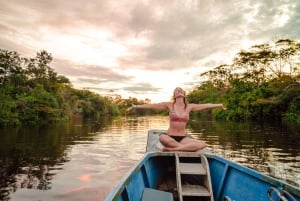
Amazon
The Amazon region is famous in Peru for its misty forests, its moorland and its privileged microclimates. Habitat of orchids, Andean bears and rock roosters. Archaeological sites with the enigma of Kuélap, a citadel built between the Andes and the Jungle
-
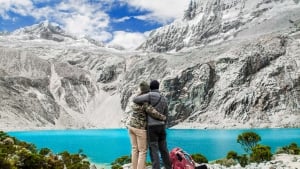
Ancash
Ancash is a department of Peru located in the central and western part of the country. It occupies a territory of 36 thousand square kilometers that includes territories both in the high areas of the Andes Mountains and as part of the Peruvian coastal desert. It borders the Pacific Ocean in the west and borders the departments of La Libertad in the north, Huánuco in the east and Lima in the south.
-
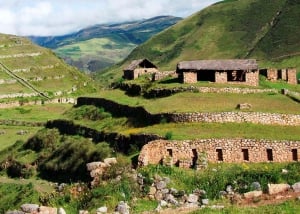
Apirimac
Apurímac is a department of Peru, located in the southern highlands of the country, on the eastern slope of the Andes Mountains.
-
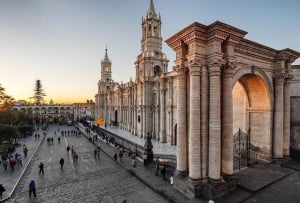
Arequipa
Cradle of illustrious men and witness of innumerable heroic actions in pursuit of national freedom, Arequipa is one of the regions with the greatest prominence in the history of Peru. such as: Jose Vizcardo Guzmán, Mariano Melgar, Nicolas de Pierola, Victor Belaunde, Mario Vargas Llosa Arequipa is a land blessed by its splendid geography and beautiful cities.
-
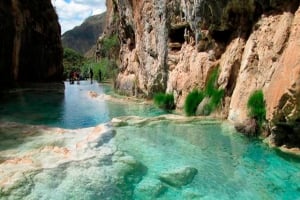
Ayacucho
The region where the city of Ayacucho is based was a sanctuary of the Huari-Tiahuanaco culture, which dominated the Andean south and much of the Coast between 900 and 1,200 AD.
-
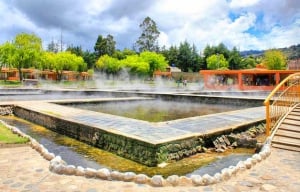
Cajamarca
The beautiful Cajamarca is considered Historical and Cultural Heritage of the Americas, because in addition to its wonderful landscapes, it was the scene of important historical events. Time before the conquest of the Incas, there was a legendary culture in these lands, Caxamarca, discovered by the famous archeologist Julio C. Tello, whose main legacy as culture are more than 90 archaeological sites.
-
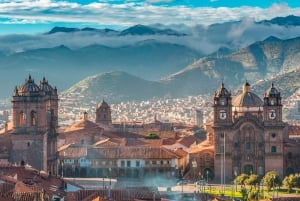
Cusco
The city of Cusco or known as the ancient capital of the Inca Empire is the main tourist destination of Peru and one of the most important in South America. Cusco It is located on the valley of the Huatanay River, in the southern highlands of Peru, and owes the denomination of «Navel of the World»
-
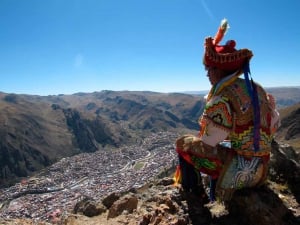
Huancavelica
Huancavelica has been one of the most important places for Andean people, as there are numerous archaeological sites and complexes such as the pampas and shelters of Mosoqcancha, Antaccocha, Pumaqoria, Astobamba Paturpampa.
-
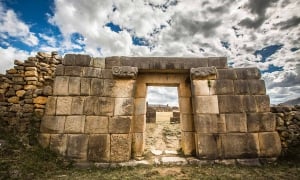
Huanuco
The department of Huánuco has two very different types of geography: the mountains and the high jungle. The Andean area is marked by the presence of the Huayhuash Mountain Range and the high jungle extends along the eastern flank of the Andes.
-
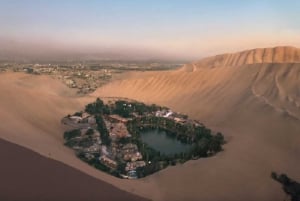
Ica
The province of Ica is one of the five that make up the department of Ica, under the administration of the regional government of Ica. Located in the central part of the department, it borders to the north with the province of Pisco, to the east with the department of Huancavelica and with the province of Palpa, to the south with the province of Nazca and to the west with the Pacific Ocean.
-
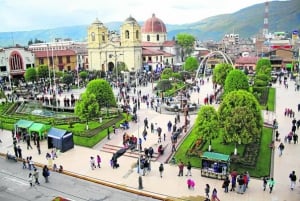
Junin
The department of Junín, located in the central area of the Peruvian Andes, has, due to its geographical location, areas of mountains and jungle. In its regions of the mountains the climate is cold and dry, with marked differences in temperature between day and night; The rainy season is between the months of November and April.
-
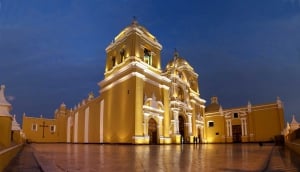
La Libertad
The Department of La Libertad is located in northern Peru and occupies a large portion of the Pacific Ocean coast as well as much of this territory covers a section of the Andes Mountains.
-
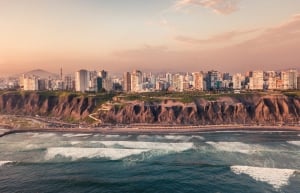
Lima
The department of Lima is located in the central part of Peru and is located on the Peruvian coast. Its capital is Lima. The climate varies according to the proximity to the coast. Summer goes from December to March and from June to September winter, which is 100% humid, with cranes, fogs and permanent cloudiness. But the districts near the mountains have an opposite climate.
-
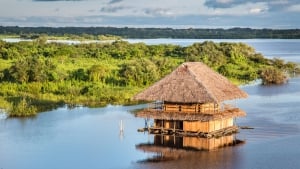
Loreto
The department of Loreto is located in the northeastern area of Peru. Its limits are: To the north with Ecuador and Colombia; in the east with Brazil; in the south with Ucayali and in the west with Amazonas and San Martín.
-
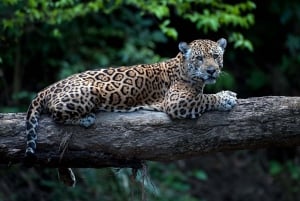
Madre de Dios
The department of Madre de Dios is located in the southeast of the country. In the north it borders Ucayali, in the south and in the west with Punoy in the east with Brazil and Bolivia. Its territory covers areas of high jungle and jungle.
-
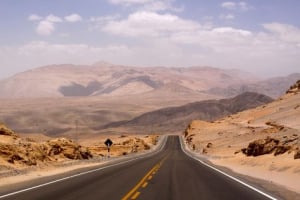
Moquegua
The department of Moquegua is located in southern Peru, its geographical coordinates are between 15 ° 17 ′ and 17 ° 23 ′ south latitude. It limits by the north with the departments of Arequipa and Puno; in the east with Puno and Tacna; by the south with Tacna and by the west with the Pacific Ocean and Arequipa.
-
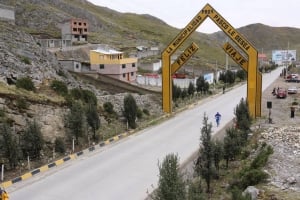
Pasco
It is located in the central part of the country, east of the western mountain range, with Andean and high and middle jungle areas of the Pachitea River. Its capital, the city of Cerro de Pasco, with an altitude of almost 4,000 meters above sea level, is the highest in the country. It limits to the north with Huánuco; to the south with Junín; the east, with Ucayali; and to the west with Lima.
-
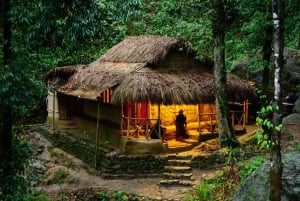
Peru Jungle
The Amazon, the rainforest, the jungle, the green hell (el infierno verde): all attempt to name this huge, vibrant swathe of Peru. Whether you explore it up close, from the ground or a boat, or fly over it in a plane, the Peruvian jungle seems endless. Well over half of the country is covered by dense tropical rainforest, and this jungle region, sharing the western edge of the Amazon with Colombia, Ecuador and Brazil, forms part of what is probably the most biodiverse region on Earth. Jaguars, anteaters and tapirs still roam the forests, huge anacondas lurk in the swamps, toothy caimans sunbathe along riverbanks, and trees rise like giants from the forest floor. Many indigenous tribes still live scattered throughout the Peruvian section of the Amazon, surviving primarily by hunting and fishing.
-
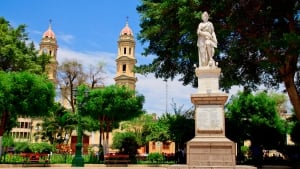
Piura
The department of Piura is one of the 24 departments of Peru. Located on the north coast of the country, it borders to the north with Tumbes and Ecuador; to the south, with Lambayeque; to the east with Cajamarca; and finally west with the Mar de Grau. The greatest extent of its territory is crossed by the Piura River, which is born in the Huancabamba mountain range
-
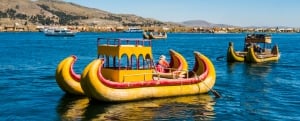
Puno
It is located on the Collao plateau, the highest in the Andes of South America. It has a flat relief, at an altitude of almost 4,000 meters above sea level. It limits to the north with Madre de Dios; to the east with Bolivia; to the south with Tacna; to the west with Moquegua, Arequipa and Cusco. Its appearance is that of an immense plain covered with pastures or grasslands, in whose horizon some snowfalls emerge.
-
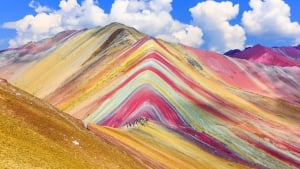
Regional Information Peru
The Republic of Peru is a country in South America located on the western side of South America. It borders Ecuador and Colombia to the north, with Brazil to the east, with Bolivia to the southeast, with Chile to the south, and to the west with the Pacific Ocean.
-
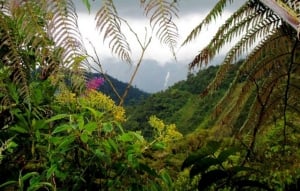
San Martin
It is located in the northeastern region and for the most part it extends through the high jungle, highlighting the Cordillera Azul in the eastern area. It limits by the north with Loreto and Amazonas; by the south with Huánuco; in the east with Ucayali; and in the west with La Libertad.
-
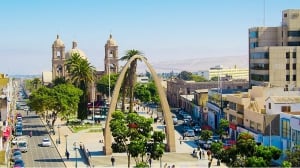
Tacna
It is located in southern Peru, next to the Pacific Ocean. It limits to the north with the Moquegua and Puno; to the south with Chile; to the east with Bolivia and Chile; to the west with the Sea of Grau. It is located at the foot of the Titicaca plateau, in a volcanic area. Of rugged relief, with narrow streams it has two thirds of coastline, and the remaining third is of sierra.
-
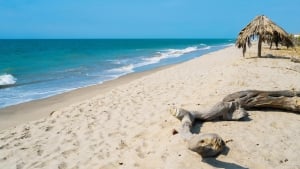
Tumbes
The department of Tumbes is located in the northwestern part of the country, on the border with the country of Ecuador.
-
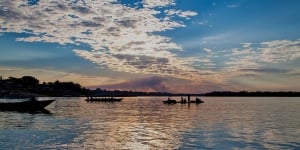
Ucayali
The department is part of the Peruvian Amazon, located in the central and eastern part of the national territory, between 07º 20 '23 "and 11º 27' 35" south latitude; and at 70º 29 '46 "and 75º 58' 08" west longitude.
We Are Part of the My Guide Network!
My Guide Peru is part of the global My Guide Network of Online & Mobile travel guides.
We are now in 180+ Destinations and Growing. If you are interested in becoming a local travel partner and would like to find out more then click for more info about our Website Business Opportunity.
Nearby Destinations
Create New Guide
Filter Events by Sub-Category
Please select a Date first.




